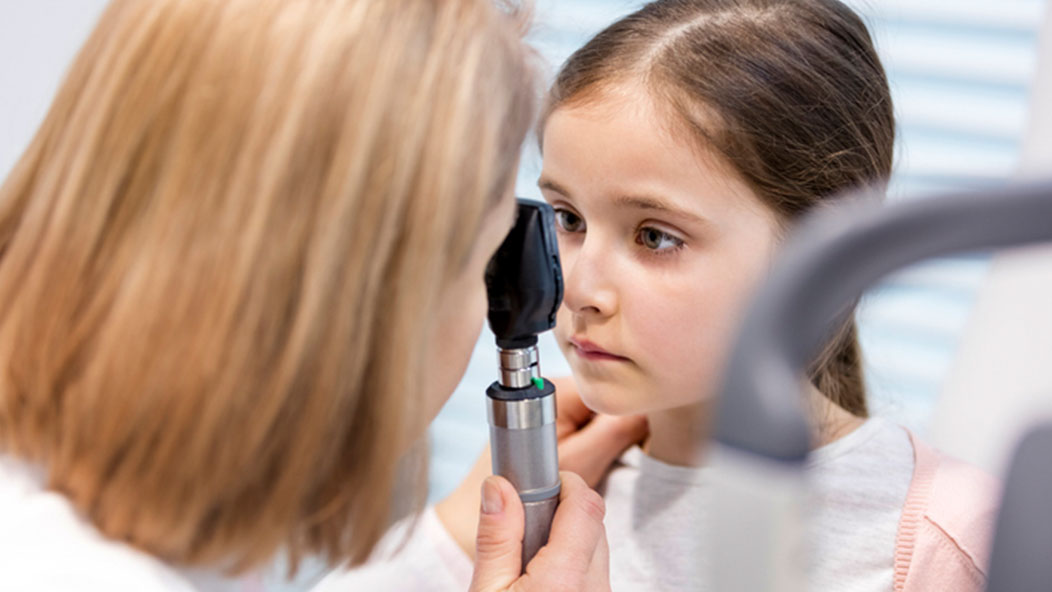Join Our eNewsletter!
Subscribe to our monthly newsletter to receive encouraging advice to help you lead a healthy lifestyle.

What Are The Symptoms Of Pinkeye?
Conjunctivitis, that irritating eye infection that’s also known as “pinkeye,” can be painful, unsightly, and inconvenient. One of the best ways to manage pinkeye is to catch it early by knowing the signs and symptoms.
- Telltale red or pink appearance. Conjunctivitis is called pinkeye because of the unmistakable pink tinge of an infected eye. Other conditions can cause eyes to look red or bloodshot like tiredness and allergies. While the reddish appearance alone might not be the result of conjunctivitis, watch for other symptoms.
- Swelling. As with allergies, pinkeye can cause the eyelids and tear ducts to swell. A puffy appearance could be a sign of the infection, and swelling can also lead to heightened sensitivity or tenderness to the touch.
- Itching and burning. The previous two symptoms could be the result of many different eye conditions, but when paired with itching and burning, there’s a good chance you have conjunctivitis.
- Excess tearing. Because conjunctivitis puts pressure on structures in the eye, you might find yourself releasing tears.
- Discharge. In addition to tears, pinkeye sufferers might release discharge that is either clear, white, or green. After sleep, this can form a crust that’s painful or unpleasant to clean.
- Blurred vision and heightened sensitivity to light. These are typically due to vision being obstructed by tears, discharge, and swelling.
Pinkeye is a temporary condition that should run its course with proper care and management in seven to 10 days. Nevertheless, it's a good idea to book an appointment with your eye doctor if any of these symptoms become extreme. Your eye doctor will conduct an exam of your eyes and may use a cotton swab to take a sample of fluid from the eyelid to be analyzed in a lab. Bacteria or viruses that may have caused conjunctivitis can then be identified and proper treatment prescribed. Because conjunctivitis is highly contagious, it’s best to avoid close contact with others until 24 – 48 hours after you begin treatment.
Meet Our Team
Kelsey-Seybold opthalmologists know how important your vision is to you.








